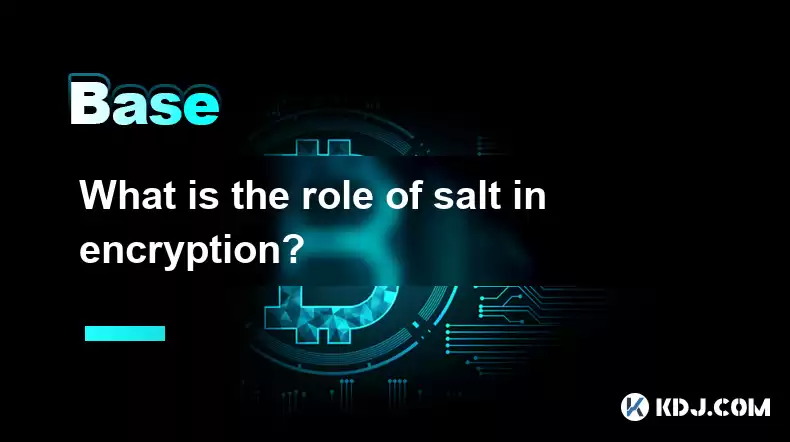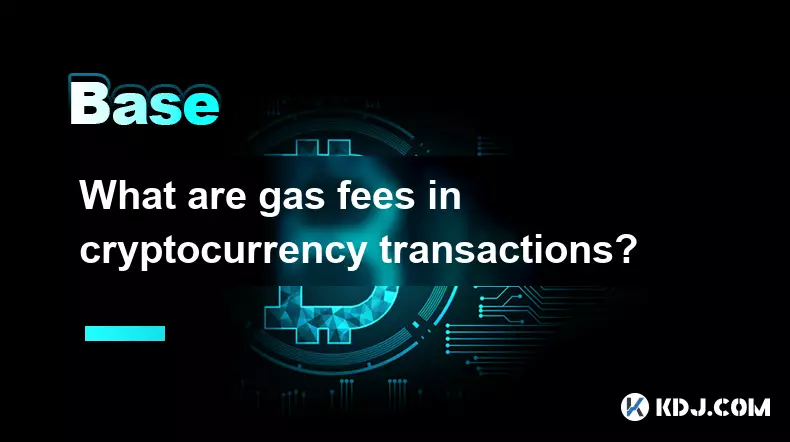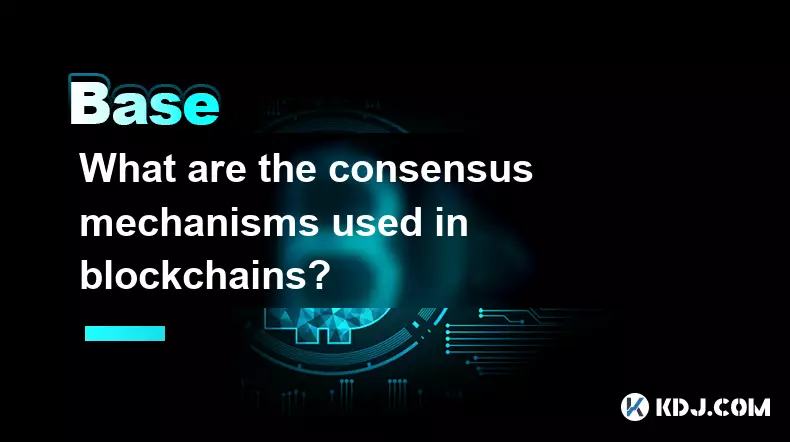-
 bitcoin
bitcoin $109667.069529 USD
-3.03% -
 ethereum
ethereum $3936.685804 USD
-4.07% -
 tether
tether $1.000493 USD
0.01% -
 xrp
xrp $2.771823 USD
-4.74% -
 bnb
bnb $957.805027 USD
-5.34% -
 solana
solana $196.735100 USD
-6.68% -
 usd-coin
usd-coin $0.999727 USD
-0.01% -
 dogecoin
dogecoin $0.227355 USD
-5.12% -
 tron
tron $0.335205 USD
-0.81% -
 cardano
cardano $0.779256 USD
-3.59% -
 ethena-usde
ethena-usde $0.999900 USD
-0.06% -
 hyperliquid
hyperliquid $42.492095 USD
-6.61% -
 chainlink
chainlink $20.501853 USD
-4.34% -
 avalanche
avalanche $28.952606 USD
-11.21% -
 stellar
stellar $0.356038 USD
-3.93%
What is the role of salt in encryption?
Cryptographic salts, random strings added to passwords before hashing, dramatically improve security by preventing rainbow table attacks. Unique salts for each password are crucial, requiring at least 128 bits for optimal protection against brute-force attempts.
Mar 05, 2025 at 02:24 am

- Salt's primary function in cryptography is to enhance the security of password hashing algorithms.
- It adds randomness to the hashing process, making it significantly harder for attackers to crack passwords even if they possess the same hashing algorithm and a database of hashed passwords.
- Different types of salts exist, each with its own advantages and disadvantages concerning security and implementation complexity.
- The length and randomness of the salt are crucial for its effectiveness.
- Improper salt implementation can severely weaken the security of a system.
The term "salt" in cryptography refers to a random string of data added to a password before it's hashed. This seemingly simple addition dramatically increases the security of password systems. Without a salt, identical passwords would produce identical hashes. This allows attackers to pre-compute a table of common passwords and their hashes, making it trivial to check if a stolen hash matches one in their table. This technique is known as a rainbow table attack.
How does salt improve password security?Salt's crucial role lies in its randomness. Each password is salted with a unique, randomly generated string. This means even if two users choose the same password, the resulting hashes will be completely different due to the unique salt added to each. This effectively renders rainbow table attacks useless. An attacker would need to generate a separate rainbow table for each unique salt, an exponentially more difficult task.
Different Types of Salts:Several types of salts exist, differing primarily in how they are generated and managed.
- Random Salts: These are the most common type, generated using a cryptographically secure random number generator (CSPRNG). They ensure maximum unpredictability and are crucial for strong security.
- Unique Salts: Each password receives a unique salt. This approach offers the strongest protection against rainbow table attacks and other similar techniques.
- Shared Salts: While less secure than unique salts, shared salts can be simpler to implement. However, their use significantly reduces the effectiveness of the salt. Compromising one password allows attackers to potentially compromise others that share the same salt.
The effectiveness of a salt depends heavily on its length and randomness. Shorter salts offer less protection. A sufficiently long and randomly generated salt makes brute-force attacks significantly harder and more time-consuming. Cryptographic best practices recommend using salts of at least 128 bits (16 bytes).
Implementing Salt Correctly:Correct implementation is crucial. The salt must be stored alongside the hashed password, but it's equally important that it's stored securely. If an attacker gains access to the salt, the security benefits are lost. The salt should be stored in a way that is inseparable from the hashed password, often concatenated before hashing.
- Step-by-step example of salt implementation:
- Generate a cryptographically secure random salt using a CSPRNG.
- Concatenate the salt with the password.
- Hash the combined salt and password using a strong hashing algorithm (like bcrypt, Argon2, or scrypt).
- Store both the salt and the resulting hash.
This process ensures that even if the hashing algorithm is compromised, the attacker still needs to brute-force every possible salt and password combination for each user.
Modern password hashing frequently uses Key Derivation Functions (KDFs) like PBKDF2, bcrypt, scrypt, and Argon2. These KDFs inherently incorporate salt as a crucial part of their process. They are designed to be computationally expensive, making brute-force attacks impractical, and the salt further enhances their security. The iterative nature of KDFs combined with the salt significantly increases the computational cost for attackers.
Choosing a Hashing Algorithm:The choice of hashing algorithm is critical, as is the choice of salt. Algorithms like MD5 and SHA-1 are considered outdated and cryptographically weak, easily vulnerable to attacks even with a salt. Modern, robust KDFs are essential for strong password security.
Common Questions and Answers:Q: Is it possible to use the same salt for multiple passwords?A: No. Using the same salt for multiple passwords severely weakens security. It defeats the purpose of salting, effectively allowing rainbow table attacks to work across multiple passwords. Each password must have its own unique salt.
Q: What happens if the salt is compromised?A: If an attacker gains access to the salt, the security of the corresponding hashed passwords is significantly compromised. The attacker can then easily reverse the hashing process and obtain the passwords.
Q: What is the difference between a salt and an IV (Initialization Vector)?A: While both salts and IVs add randomness, they serve different purposes. Salts are used with password hashing to protect against rainbow table attacks. IVs are used in symmetric encryption to ensure that identical plaintexts produce different ciphertexts, even when using the same key.
Q: Can I generate my own salt using a simple random number generator?A: No. You must use a cryptographically secure random number generator (CSPRNG) to generate your salt. Standard random number generators are predictable and do not provide sufficient randomness for cryptographic purposes. Using a weak random number generator will significantly weaken your security.
Q: How long should a salt be?A: The length of the salt should be sufficient to make brute-force attacks computationally infeasible. A minimum of 128 bits (16 bytes) is recommended for strong security. Longer salts provide even greater security, but also increase storage requirements.
Disclaimer:info@kdj.com
The information provided is not trading advice. kdj.com does not assume any responsibility for any investments made based on the information provided in this article. Cryptocurrencies are highly volatile and it is highly recommended that you invest with caution after thorough research!
If you believe that the content used on this website infringes your copyright, please contact us immediately (info@kdj.com) and we will delete it promptly.
- Bitwise, Hyperliquid ETF, and Perp DEXs: A New Era in Crypto Trading?
- 2025-09-26 12:25:15
- Ozak AI Price Prediction: Analyst Bull Case for $5 by 2026?
- 2025-09-26 12:25:15
- Bitcoin Price Wobbles: Support Failure and Trader Sentiment in the Mix
- 2025-09-26 12:45:16
- Dogecoin, Memecoins, and the Bull Cycle: Are We Still Barking Up the Right Tree?
- 2025-09-26 12:45:16
- Plasma Ignites DeFi: A New Dawn for Stablecoins and TVL?
- 2025-09-26 12:50:01
- Crypto Tax, Senate Showdown, and Trump Relief: What's the Deal?
- 2025-09-26 12:30:01
Related knowledge

Can I recover lost cryptocurrency?
Sep 25,2025 at 08:18am
Understanding the Nature of Cryptocurrency Loss1. Cryptocurrency operates on decentralized networks, meaning there is no central authority to reverse ...

How can I earn passive income from cryptocurrency?
Sep 23,2025 at 10:18am
Staking Cryptocurrencies for Regular Returns1. Many blockchain networks operate on a proof-of-stake (PoS) consensus mechanism, allowing users to earn ...

What are gas fees in cryptocurrency transactions?
Sep 26,2025 at 02:00am
Understanding Gas Fees in Blockchain Transactions1. Gas fees are payments made by users to compensate for the computing energy required to process and...

What are the consensus mechanisms used in blockchains?
Sep 24,2025 at 10:00am
Proof of Work and Its Role in Blockchain Security1. Proof of Work (PoW) is one of the earliest consensus mechanisms, first implemented by Bitcoin. Min...

How do cryptocurrencies impact traditional finance?
Sep 26,2025 at 05:54am
Disruption of Centralized Banking Systems1. Cryptocurrencies challenge the authority of central banks by offering decentralized alternatives to fiat c...

Is there a finite supply of Bitcoin?
Sep 23,2025 at 06:00am
Bitcoin's Fixed Supply Mechanism1. Bitcoin was designed with a hard cap of 21 million coins, making its supply finite and predictable. This limit is h...

Can I recover lost cryptocurrency?
Sep 25,2025 at 08:18am
Understanding the Nature of Cryptocurrency Loss1. Cryptocurrency operates on decentralized networks, meaning there is no central authority to reverse ...

How can I earn passive income from cryptocurrency?
Sep 23,2025 at 10:18am
Staking Cryptocurrencies for Regular Returns1. Many blockchain networks operate on a proof-of-stake (PoS) consensus mechanism, allowing users to earn ...

What are gas fees in cryptocurrency transactions?
Sep 26,2025 at 02:00am
Understanding Gas Fees in Blockchain Transactions1. Gas fees are payments made by users to compensate for the computing energy required to process and...

What are the consensus mechanisms used in blockchains?
Sep 24,2025 at 10:00am
Proof of Work and Its Role in Blockchain Security1. Proof of Work (PoW) is one of the earliest consensus mechanisms, first implemented by Bitcoin. Min...

How do cryptocurrencies impact traditional finance?
Sep 26,2025 at 05:54am
Disruption of Centralized Banking Systems1. Cryptocurrencies challenge the authority of central banks by offering decentralized alternatives to fiat c...

Is there a finite supply of Bitcoin?
Sep 23,2025 at 06:00am
Bitcoin's Fixed Supply Mechanism1. Bitcoin was designed with a hard cap of 21 million coins, making its supply finite and predictable. This limit is h...
See all articles










































































